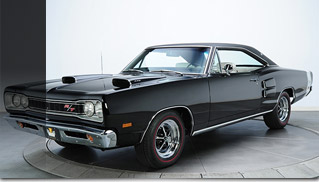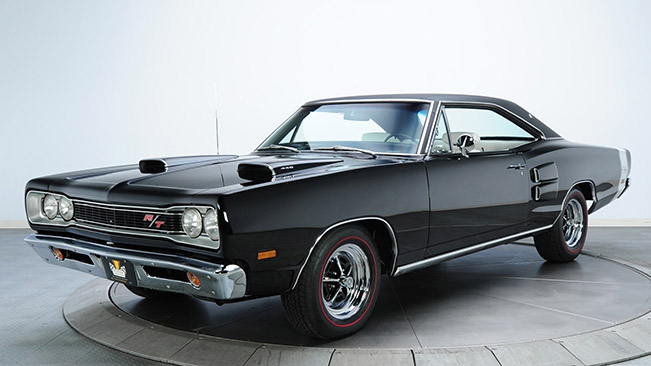 Muscle cars have become something of a cult movie staple over the last few decades and such success is reflected in the amount of fans now learning how to restore them.
Muscle cars have become something of a cult movie staple over the last few decades and such success is reflected in the amount of fans now learning how to restore them.
Muscle cars occupy a special place in the heart of vintage cars fans and collectors alike. They are typically adorned with only two doors, 300 or more horsepower (funnily enough, cars with less than 300 horsepower are called ‘pony cars’) and usually a V8 motor.
Muscle cars production and popularity reached their peak towards the end of the 1960’s when they became the cars of choice for young rebellious crowds in search of a bit of thrill.
Around the same time, road accidents unsurprisingly reached an all-time high and muscle cars lost popularity, only to be picked up again years later with modernised versions of the most popular models.
Here are three tips to bear in mind before searching the market for a vintage muscle car.
Go for legendary cars
If you’re looking to start off your collection and buy an old model, you should avoid rare models and one-offs.
Brands such as Dodge, Chrysler, Plymouth and Chevy will give you something to work with on a reasonable budget (between 700 and 2000GBP on average depending on the model) and parts that need to be changed will also be easier to find.
What’s more, the Chevrolet Camaro, Pontiac GTO and Ford Mustang are arguably three of the most legendary muscle cars ever made.

Insurance matters
If you’re going to treat yourself with a timeless vintage car, it is strongly recommended to look into a specialised retro car insurance company, which will also make the process of filing a road injury claim in case of an accident much smoother.
In most cases, you will also be required to own a primary vehicle for daily commute. Risks are statistically much higher for work commute driving so it’s better to keep your vintage muscle car in the garage on a weekday rather than driving it to work.
When applying for insurance for a vintage car, an expert will normally be appointed to evaluate your car and its subsequent insured value. Be aware that a dedicated secure space or locked up garage is at times compulsory when signing up for an insurance.
High Maintenance
Before buying, you should first look out for signs of corrosion and rust on the car. Too much of it and you will be guaranteed to spend a lot of time and money on reparations that could have easily been avoided.
Replacing parts of the car can be a bit of a pain too, as spare parts often have to be imported directly from the USA. Thankfully though, a few makers such as Mercedes-Benz, BMW, Porsche and Audi still produce replacement parts, even if production of the actual car has already stopped.
It’s also worth considering that fuel will definitely tap heavily into your budget as original muscle cars require a hell of a lot of it. Vintage muscle cars can quickly become an expensive hobby and passion so it’s important to be aware of the step you’re about to take before jumping on one!